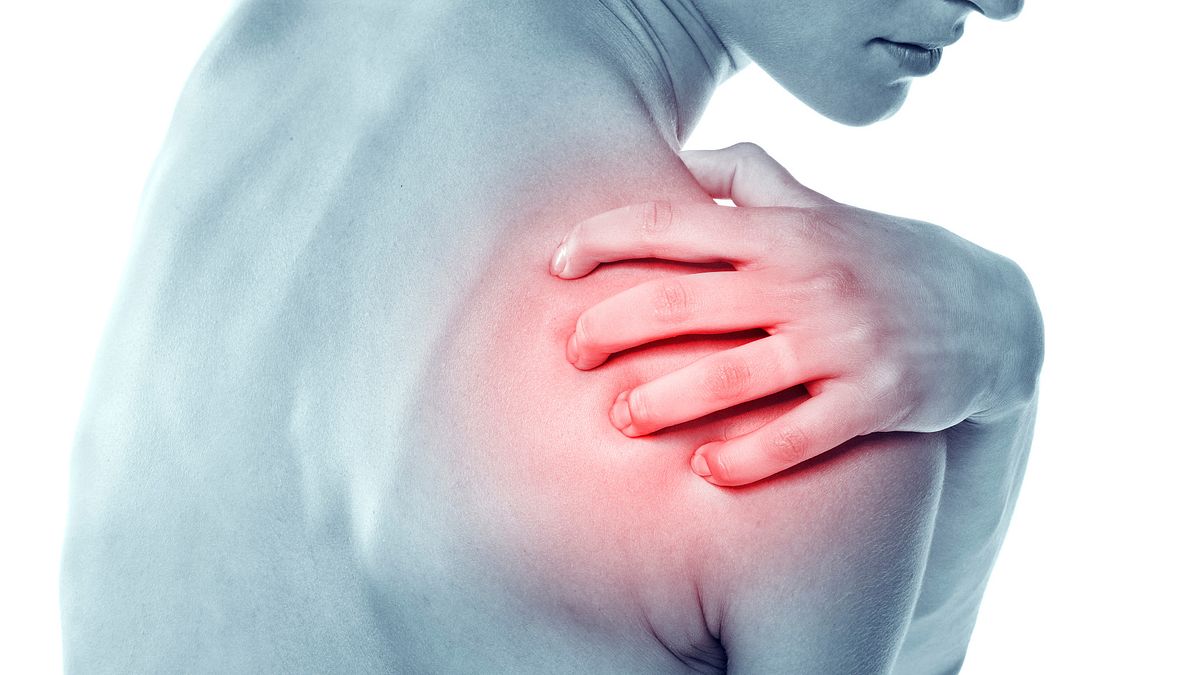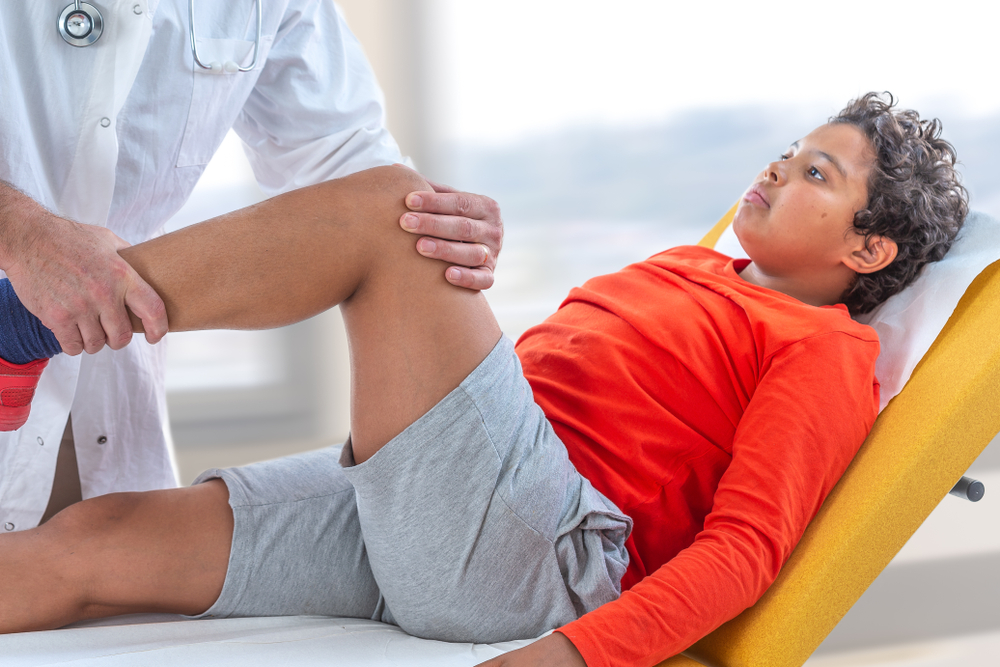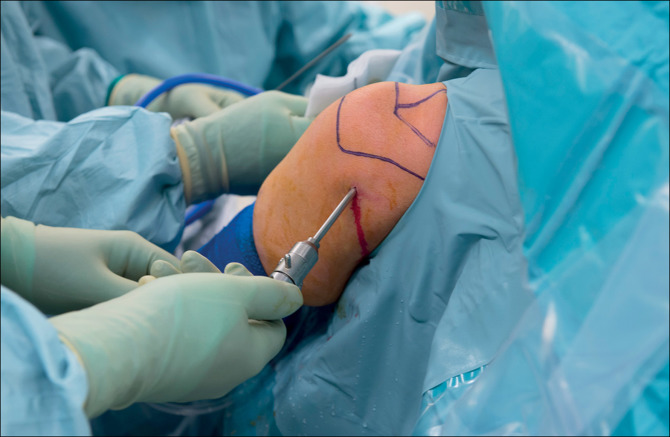What is the ACL?
The function of the ACL is to prevent your shinbone (tibia) from sliding out in front of your thigh bone (femur). Because of this, ACL injuries can be painful and debilitating.
A tear usually occurs while playing sports that require jumping, landing, or a quick change in direction such as skiing, football, basketball, or soccer.
ACL tears also occur when an athlete comes in direct contact with another or the knee can no longer hold their weight.
What is the difference between an ACL tear and an ACL sprain?
An ACL injury is either a tear or sprain. An ACL tear is when the ACL is actually torn. The tear can be complete or partial. An ACL sprain is when the ACL is overstretched, but not torn.

The severity of the ACL injury is graded from 1 to 3.
- Grade 1: The ligament is intact, and the joint is stable, but there is minimal stretching and some microscopic tearing of the ACL. Surgery is typically not needed.
- Grade 2 (Partial Disruption): Some tearing has occurred, and there is a separation of the ligament fibers. There is moderate knee instability. This grade may or may not require surgery, based on the person’s activity level and the degree of instability.
- Grade 3 (Complete Disruption): There is a complete tear in the ligament fibers. The ligament is completely disrupted, and there is an unstable knee joint. Surgery is usually needed.
Signs you have torn your ACL
How do you know if you have a torn ACL? Here are some of the signs you need to look for:
A pop sound
Those who experience an ACL tear usually hear an audible “pop” when the injury occurs. This sound can be really loud, and even people at the sidelines of a soccer or football game may hear it. The sound is usually followed by an instant shift in the knee joint.
An unstable knee
The ACL plays a vital role in stabilizing the joint, therefore, any time an ACL tear occurs, the knee joint becomes unstable.
If the tear occurs because of a cutting or pivoting movement, the knee may give out when the ACL gets torn.

Knee pain
All ACL tears are painful, but the intensity of the pain could vary. You may feel very intense pain if the damage around the knee joint is severe.
Most of the pain occurs from the sudden rupture of blood vessels and swelling in the joint space.
Swelling at the knee joint
The knee joint will become swollen after an ACL tear. When the tear occurs, the blood vessels that supply blood to the ligament get ruptured.
Then, they fill the entire joint space with blood. When this happens, the joint will become warm and turn red.
Loss of range of motion
After an ACL tear, it will be very difficult to move the lower section of the leg due to swelling that occurs after the tear.
This will result in restricted motion at the joint. In many cases, walking will be difficult, and assistive devices such as a walker, crutches or stick may be required to walk straight.

Get prompt treatment for an injured knee
If you have a sports injury affecting your knee or you have any symptoms of an ACL tear, give us a call immediately.
Don’t attempt to return to normal activities without a proper diagnosis, even if the swelling goes down.
You can speak to one of our highly skilled orthopedic doctors or come over to Orthobridge Orthopedic Center in Kenya in person for a thorough examination, diagnosis and treatment.
To schedule an appointment, please contact us.












